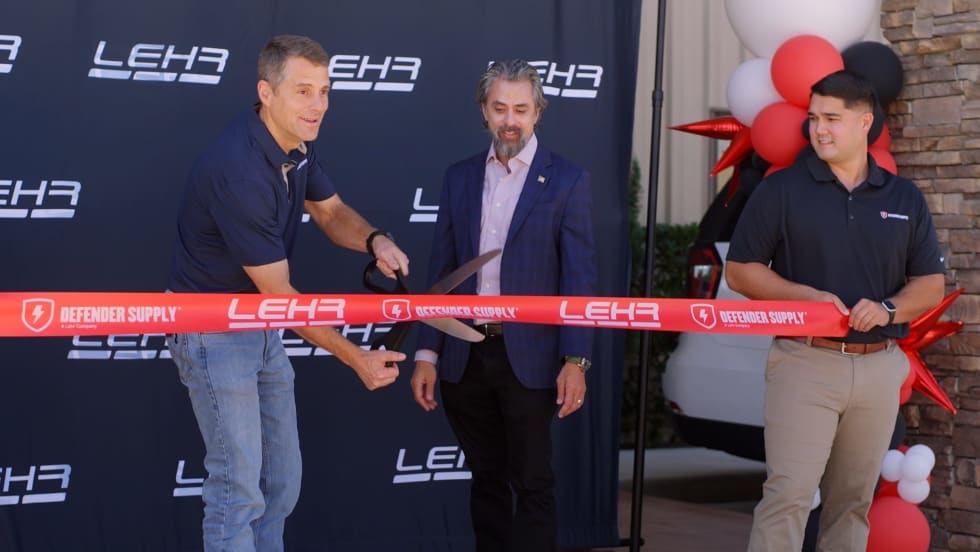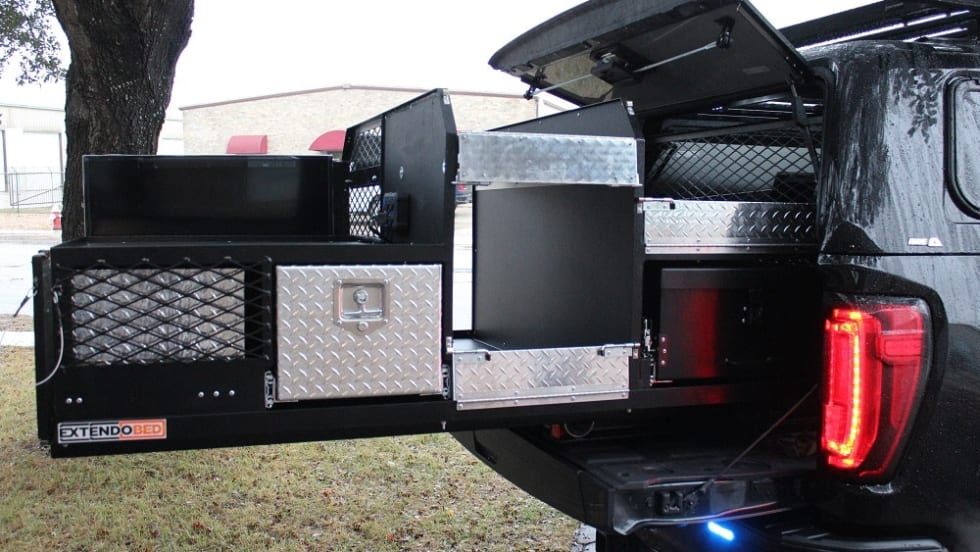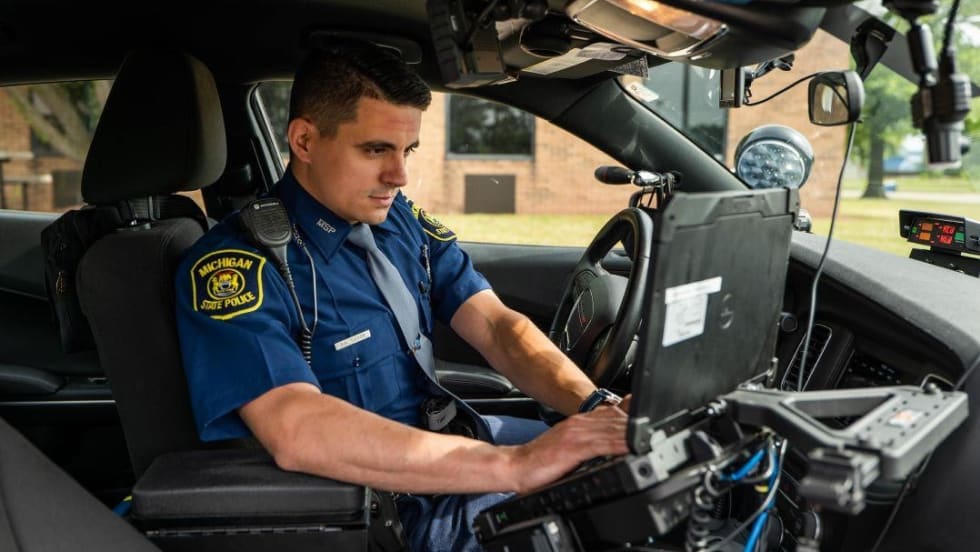The boat uses D.G.P.S. navigational satellite systems, which use a satellite signal to find their position. "It lets us know our latitude and longitude to the 1,000th of a degree," said Fucco. He added that it also uses, as standard equipment, a 100,000-candlepower spotlight.
The boat has a beam of 13 feet, 5 inches and a draft measuring 2 feet, 7 inches. Its overall length is 41 feet, 9 inches. The displacement of the boat is 27,000 pounds when fully loaded, and it has a fuel capacity of 250 gallons.
It is powered by twin diesel engines, fitted to twin disc reversing marine transmissions. The engines are coupled to a pair of propulsion jets through U-joint shafts.
According to Fucco, the Nassau County Police Department is happy with its choice of this vessel, despite training problems. But, he does advise departments that do not have the same conditions to carefully consider what type of boat they may want. "If they have shallow waters, this is certainly a consideration. Otherwise, I would stick with the standard."
Lobkovich agreed. "The specifics of each department must be looked at. A customer can come to us and tell us what he wants in a boat, based on their needs, or he can say he is not sure what he needs."












